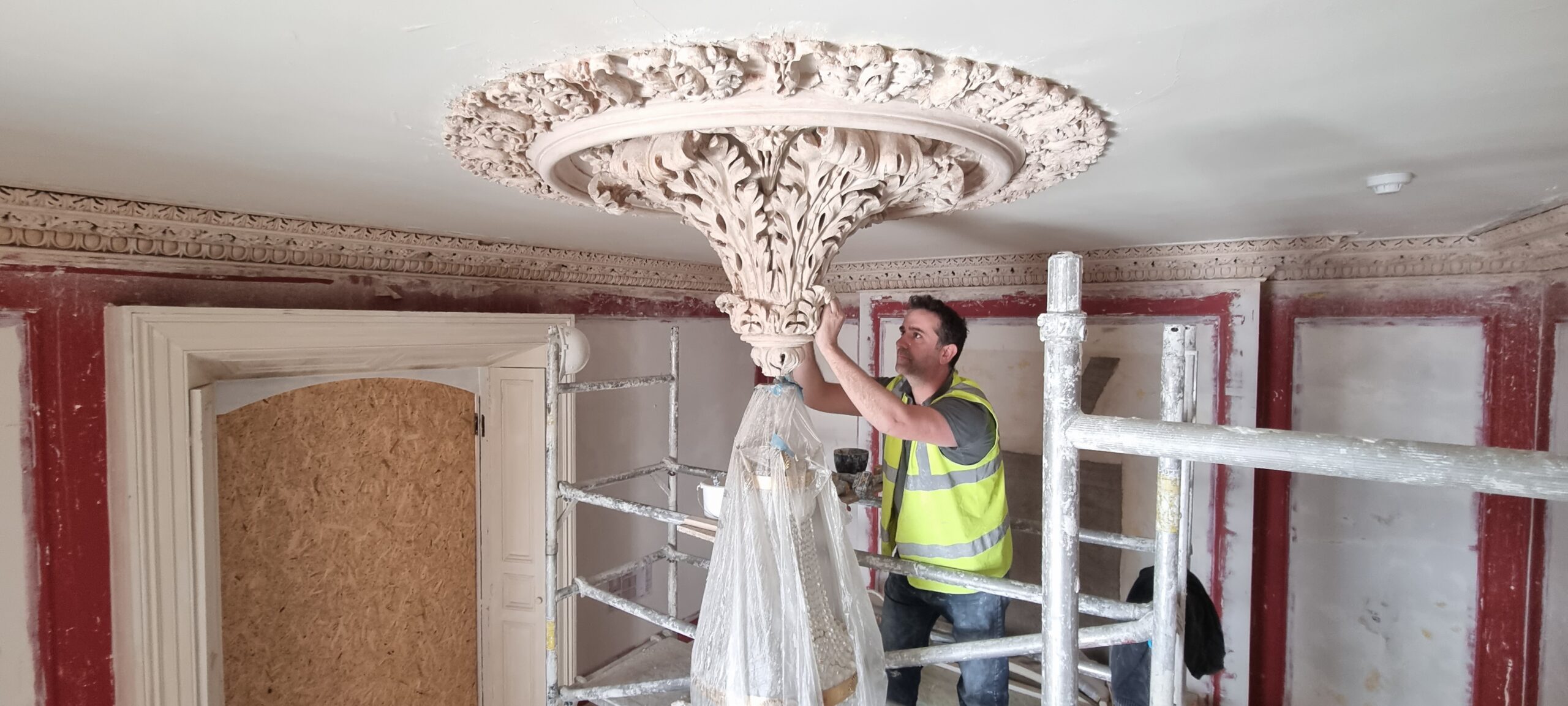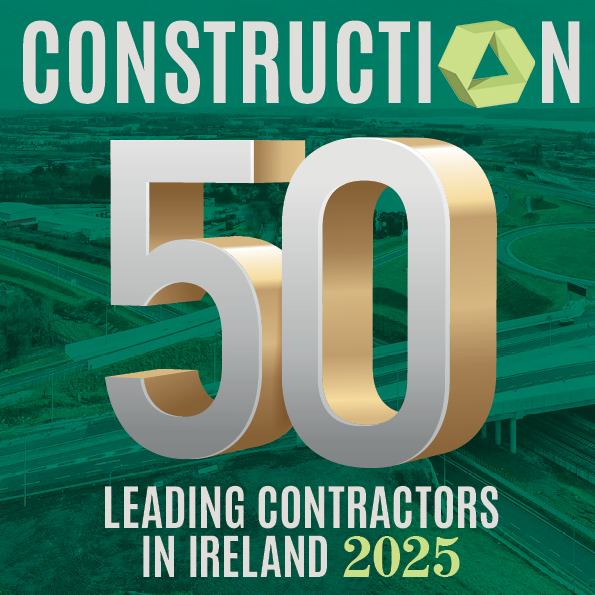Pictured above Paul Griffin at work on some ornate plastering
In a milestone year, master plasterer Paul Griffin shares a fascinating insight into the skill and sentiment of heritage preservation
Plastering runs in Griffin family DNA. Paul Griffin grew up surrounded by those skilled in the trade – both his father and uncle were master plasterers and as a young teen he would spend weekends and school holidays working alongside them.
“Plastering always made sense to me and I have always had a great interest and passion in plasterwork,” he says. “I knew I was going to be a plasterer from a young age.
“After learning skills and techniques, from straight forward plastering to running plaster in-situ, from my father and others, I knew that was the direction I was going. My father still inspires me and we talk a lot about plasterwork so I am always learning.”
Historic and decorative plasterwork captured both Paul’s interest and imagination eventually leading to the foundation of specialist company Griffin Plastering in 2004.
Twenty years on Paul reflects on his journey.
“I started plastering at 14 but also did quite well at school, graduating from the University of Limerick in Wood Science and Technology, which turned out to be very useful when dealing with historic buildings. There is a lot of timber,” he says.
By 21 he had both a degree and a trade. During and post college, Paul enjoyed working in the US, mainly San Francisco, where he honed his trade.
“I still love learning and have completed a number of courses both here in Ireland and in Italy,” he says, citing recent accomplishments in sculpting and drawing at Dublin’s National College of Art and Design.
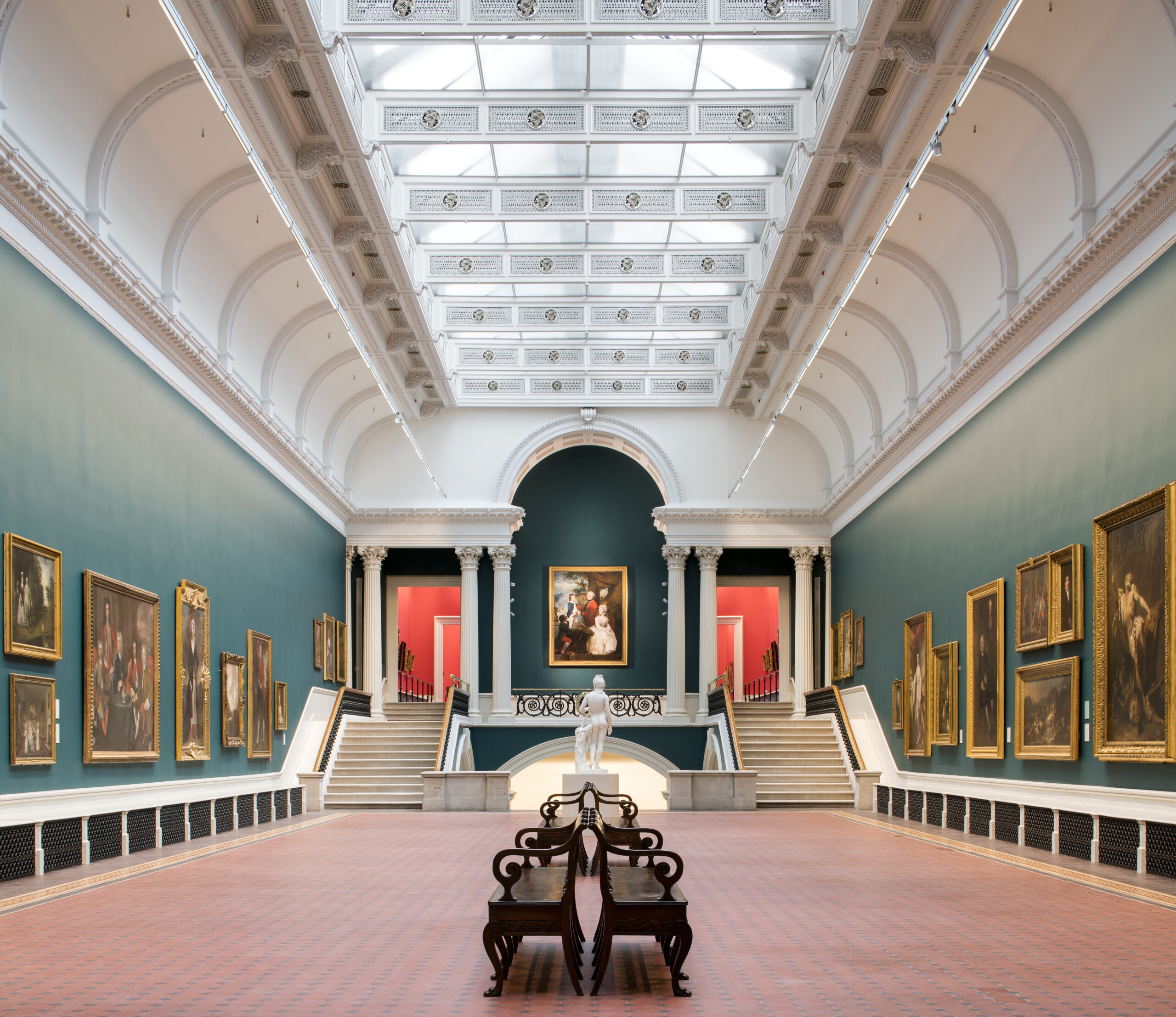
Some of the incredible plasterwork at the National Gallery of Ireland
A frequent visitor to Italy – the home of Stucco – he has studied mould making and Scagliola, a historic type of decorative plasterwork, with some of the world’s best tradespeople.
“I have two Scagliola sculptures in two national museums,” Paul adds. On top of board positions with Building Lime Forum Ireland and the CIF’s Register of Heritage Contractors, he consults on some of Ireland’s most important historic buildings.
Alongside specialist projects, Paul has also recently launched Stucco WorkShop to supply products and advice on how to create and restore historic and decorative plasterwork.
As part of that venture he is the Irish partner for Cromology, owners of premium brands Viero and Cepro.
Viero supplies products to create decorative wall finishes like Marmorino, sometimes known as polished plaster, while Cepro offers premixed lime plasters, breathable insulation and paints for historic buildings that have been used in the likes of the Vatican and across Europe.
“There is sometimes a fear about using lime plaster but these products and the correct advice should help to remove the fear,” Paul says.

A stunning staircase in the National Gallery of Ireland
High standards and little tricks
Ireland has world class examples of historic decorative plasterwork, bolstered by money that came with being a second city of the British Empire at the time.
“Tastes change and not many clients are willing to pay to create plasterwork of that standard now, so we have to conserve what we have,” says Paul.
He adds perspective on the Irish viewpoint with a project example.
“In 1739 Robert Fitzgerald paid Paulo and Philip Lafraini £504 for one ceiling in Craton House, which was one sixteenth of what he paid for the entire estate earlier that year.
“I have designed and sculpted decorative plasterwork in new dwellings however there is not a massive market for it at the moment.
“That’s why I really enjoy restoring beautiful historic plasterwork, it’s technically at the highest standard of plasterwork. You also learn little tricks that were used when creating them.”
The National Gallery of Ireland, Shelbourne Hotel, Goethe-Institut on Merrion Square and recently the internal historic and decorative plasterwork in The Rubrics in Trinity College Dublin (Trinity’s oldest building) are just some of the prestigious buildings Griffin Plastering has collaborated on.
“We started off with smaller projects and built a good reputation,” Paul says citing Trinity’s New Square Residency as his first large prestigious project 17 years ago. It drew praise and new business from building and design teams.
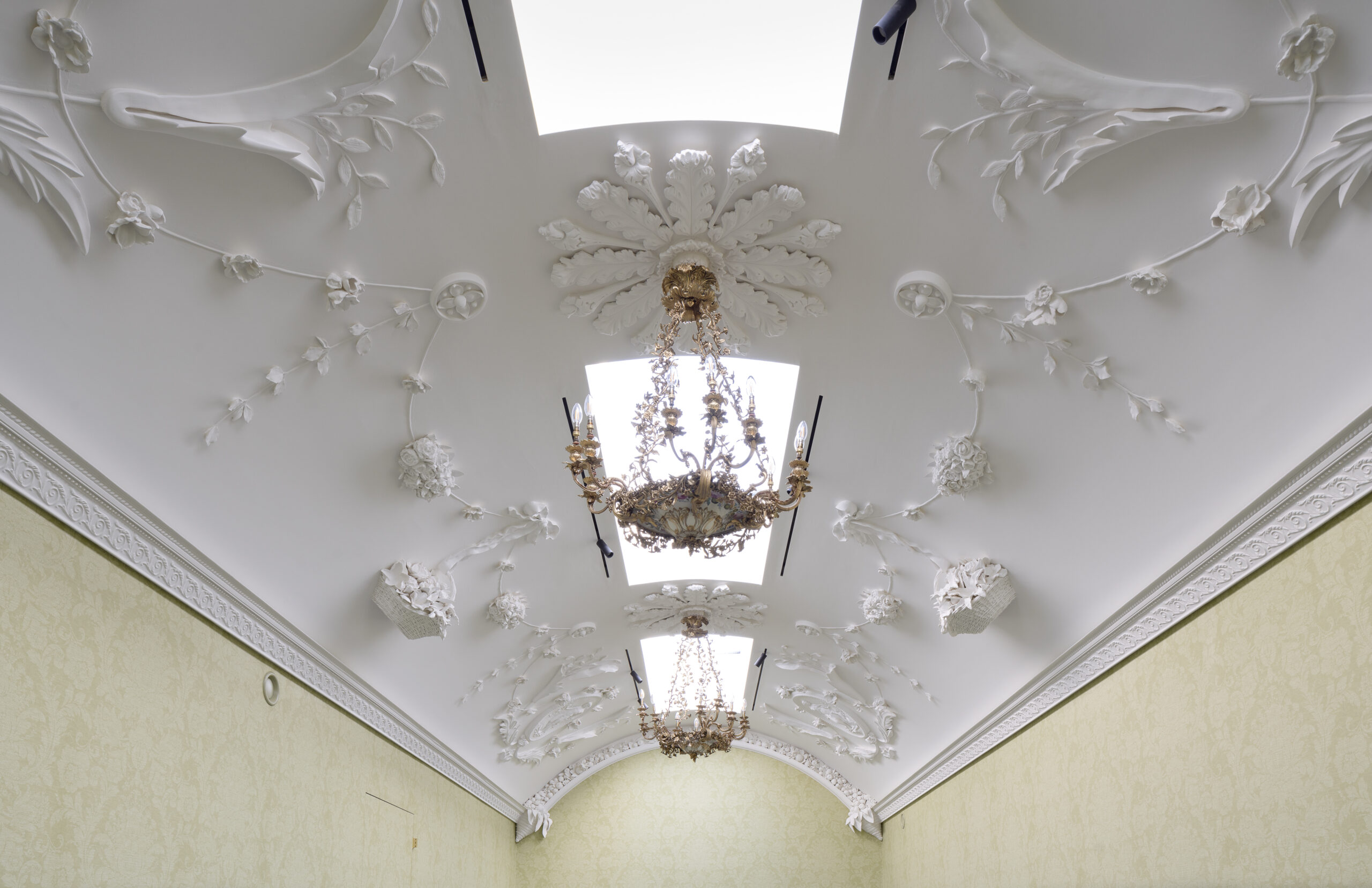
A close up of one of the intricate plasterwork projects under taken by Griffin Plastering
Modern needs for heritage
Balancing modern construction needs with heritage preservation requirements is a regular ask for Griffin Plastering.
“The main modern need is insulation but you still have to let the historic walls breathe,” Paul says.
“We use a cork board insulation system and Cepro’s Calcilite insulated lime plaster, which are both excellent products. Calcilite has very good breathability and is also a very good insulator. A non-breathable board should never be used on historic buildings. Cork board is the best.
“There should be no voids behind the board so the wall must be straightened first with lime plaster like Biocepro, or for extra insulation Calcilite, before the cork board is then fitted,” he adds.
“As well as being a great breathable board, cork is very sustainable. Unlike most other trees the bark grows back in 10 to 12 years. A typical tree lives to around 200 years so it can be harvested 15 times without having to fell the tree.”
Working on historical properties brings a plethora of unique opportunities.
“As a historic and decorative plasterwork specialist we work closely with the design teams and form good relationships,” Paul says. “I was amazed at the number of top architects, conservation architects and interior designers that attended our recent launch of Stucco WorkShop.
Oscar-nominated film director Lenny Abrahamson, who has a great interest in historic buildings, also spoke at the event.
“Some other opportunities I didn’t expect was being Viero and Cepro’s partner here in Ireland. They were looking for someone to fit their brand and with the prestigious projects we have completed, especially with lime plaster, we were aligned.”
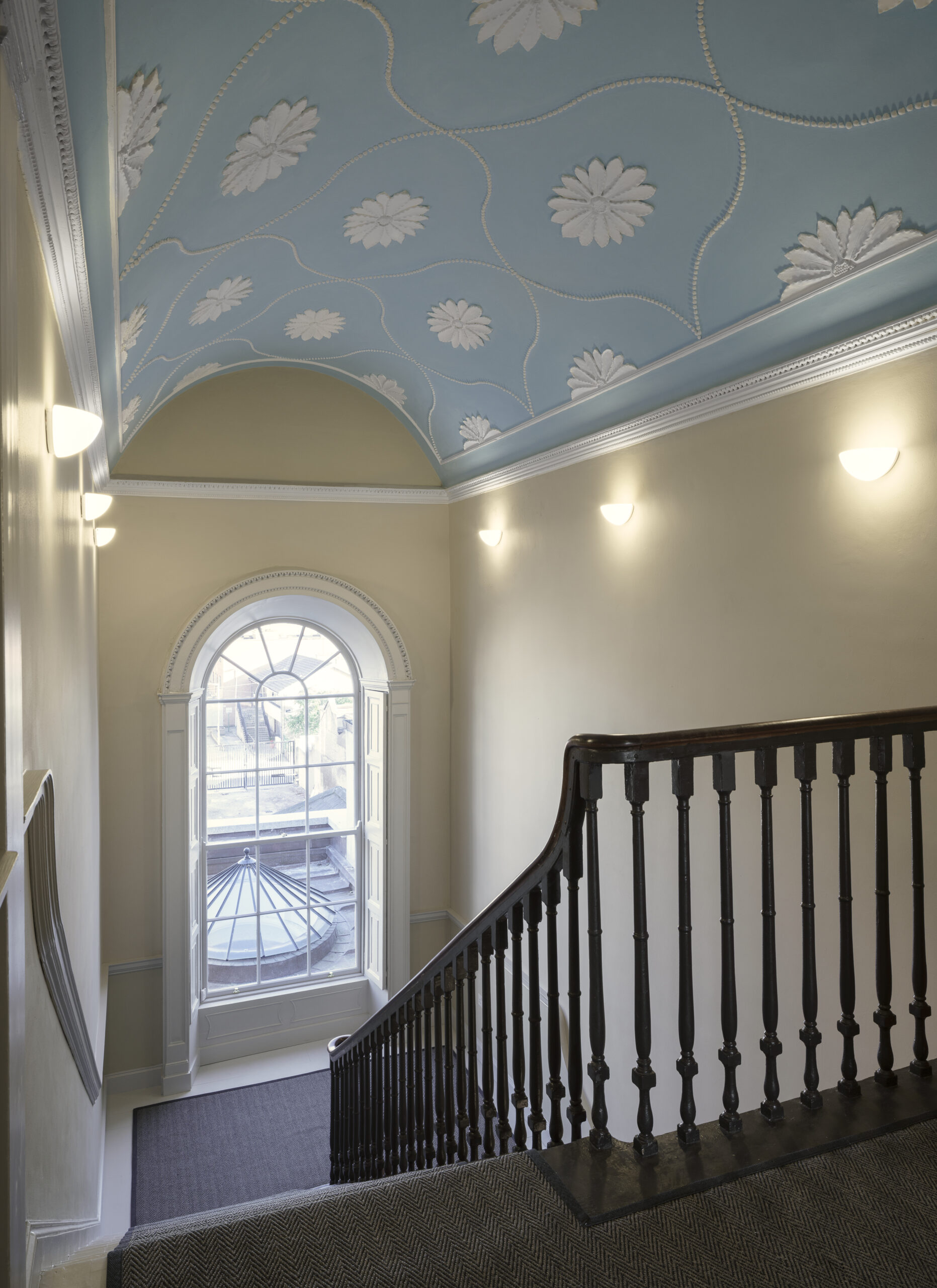
The barrel ceiling at the Goethe-Institut
Helping to educate the industry
As a new specialist contractor on the CIF’s heritage register board, Paul hopes to continue to inspire the industry, as well as promote products and systems used in restoring and conserving historic buildings.
“We use lime plaster on historic buildings not only because it was used historically but because it is the best material to use,” he says.
“My goals and ambitions would be to help educate more builders and tradespeople in the use of some of these materials.”
Heritage preservation is enormously satisfying, bringing with it a sense of fulfilment in safeguarding the past for the future.
“I love working on these historic buildings and have great pride when they are finished,” says Paul. “Years later, I still go back and visit some of these projects.
“I still enjoy walking past looking up at the beautiful library ceiling on the first floor we restored in the Goethe-Institut or walking through the National Gallery of Ireland.
“I have to admit, I look more at the plasterwork than the art,” he jokes.
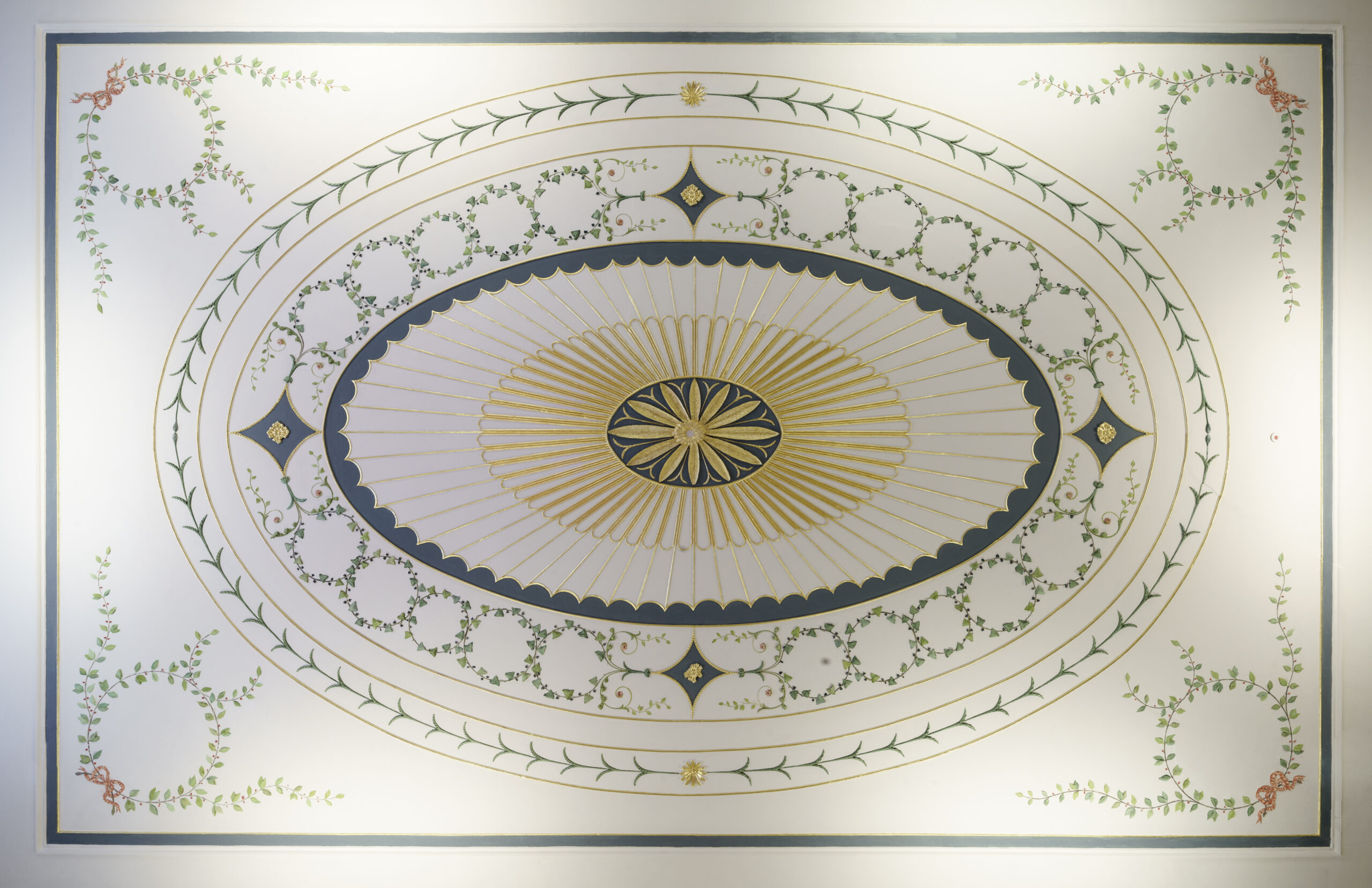
An ornate ceiling at the Goethe-Institut
Prospects for future talent
Paul is keen to encourage new generations to connect with and embrace the work involved with heritage projects.
“Building Lime Forum Ireland, the Georgian Society and Dublin Civic Trust run a number of courses and events, which is a good way to find out more about restoration and conservation of historic buildings and also meet people in the industry,” he says.
“You can also look up the CIF’s list of heritage contractors and reach out to someone who is involved.”
For Paul Griffin, motivation has and continues to strike from many sources.
“I get inspiration from past masters such as the great Swiss and Italian stuccidors like Antonio Bossi and Artari, who did amazing work around Europe, and the likes of the Lafranchini brothers who came to Ireland,” he says. “I also really like Irish stuccidors such as Michael Stapleton and especially Robert West.”
Helping sustain a sense of history is highly satisfying when it comes to plasterwork preservation.
“We have restored a number of buildings in Trinity back to the way they were originally intended to look and more importantly to feel, which helps,” he says.
“The Rubrics is over 300 years old and with the recent restoration project it will last at least another 300.
“An amazing restoration job was completed a few years ago in The National Gallery of Ireland, which has transformed the gallery allowing in a lot more natural light. It’s a beautiful place for anyone to visit for free and one of my favourite buildings in Dublin.
“Goethe-Institut was for the German government to promote German culture and is an amazing building. I can imagine the joy students get attending there. There was such a difference in before and after the restoration project,” he adds.
“I could go on and on about other projects but from a plasterer’s point of view restoring most of these historic buildings have a very positive impact on the community.
“Even those with the most modern of architectural tastes enjoy looking at these buildings after restoration because they simply don’t make buildings like these anymore.”

